Xi’an is home to the most impressive underground attraction in China: the Terracotta Warriors.
Every year, millions of travelers fly to the former capital just to set eyes on the subterranean army, which was painstakingly fashioned from clay more than 2,000 years ago.
But what’s next? The answer is plenty, and here the highlights:
1. Terracotta Warriors Museum (秦始皇兵马俑博物馆)
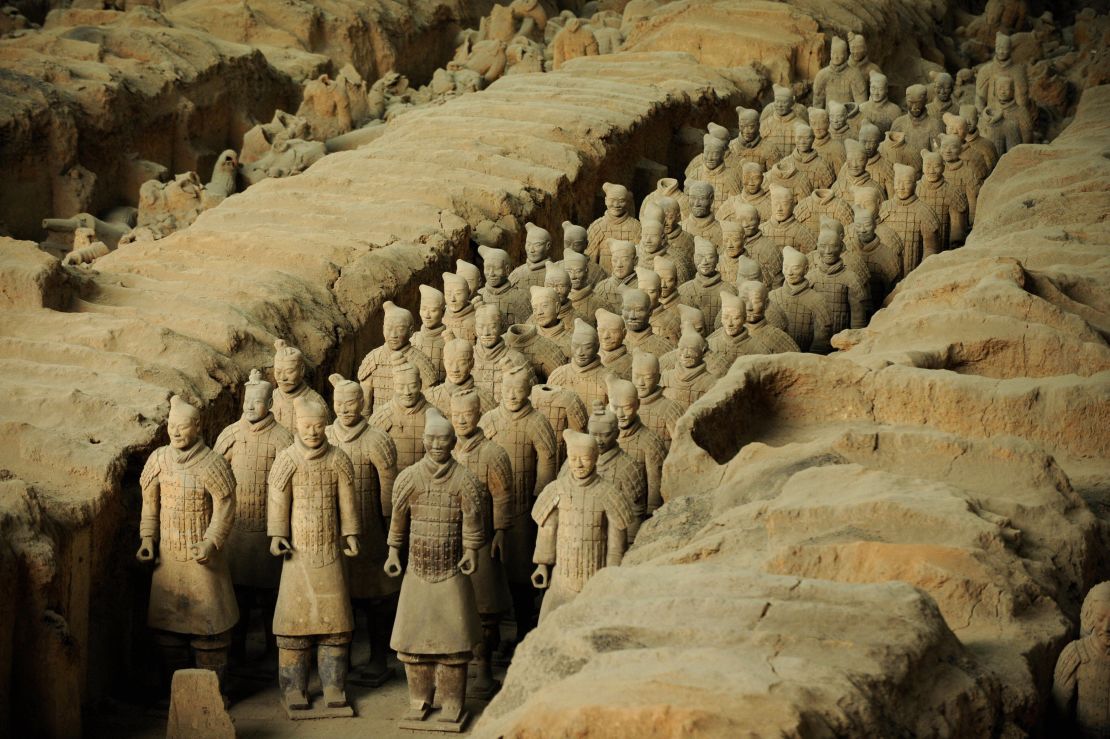
These clay figures are what brought Xi’an to the world stage in modern times.
This UNESCO World Heritage site displays more than 8,000 terracotta warriors, horses, and around 10,000 bronze weapons. Excavations continue, and more than 300 pieces were unearthed in June 2012 alone.
These warriors were made as part of the funerary goods for Qin Shi Huang (259-210 B.C.), first emperor of the Qin Dynasty. The human-size figures are said to be models of Qing’s real-life army.
The army stands in three exhibition pits. Pit one is the largest, measuring 230 meters long, 62 meters wide and seven meters deep and housing around 6,000 troops in battle formation.
Standing in front of the phalanx of warriors gives you the awe-inspiring feeling of stepping onto a battlefield. More strikingly, no two soldiers look exactly alike. The warriors were unearthed by a group of Shaanxi farmers from the local Yang in 1974 while digging a well.
Upon request, museum tour guides can take tourists to meet and have a chat with these celebrity farmers, who now live right next to the museum site.
The prerequisite is to buy a book about the discovery of the Terracotta Warriors and pay a guide. To get to the museum, board one of the green shuttle buses at Xi’an Train Station. The journey takes about an hour.
If you’re not as comfortable navigating the public transit system yourself and don’t speak any Chinese, you may be more comfortable booking a tour – group or private – via a company like Viator or Klook. Just keep in mind that some of these tours will insist you stop at the local terracotta factory where they make the hard sell for mini warriors and other souvenirs, most of which you can buy elsewhere.
Stand your ground if you don’t want to buy anything, but do keep an eye out for the terracotta head molds of celebrities like Barack Obama and Vladimir Putin.
Terracotta Warriors Museum, East of Lintong City, Lintong District, Xi’an 西安市临潼区近郊临潼城东
2. Big Wild Goose Pagoda (大雁塔及北广场)
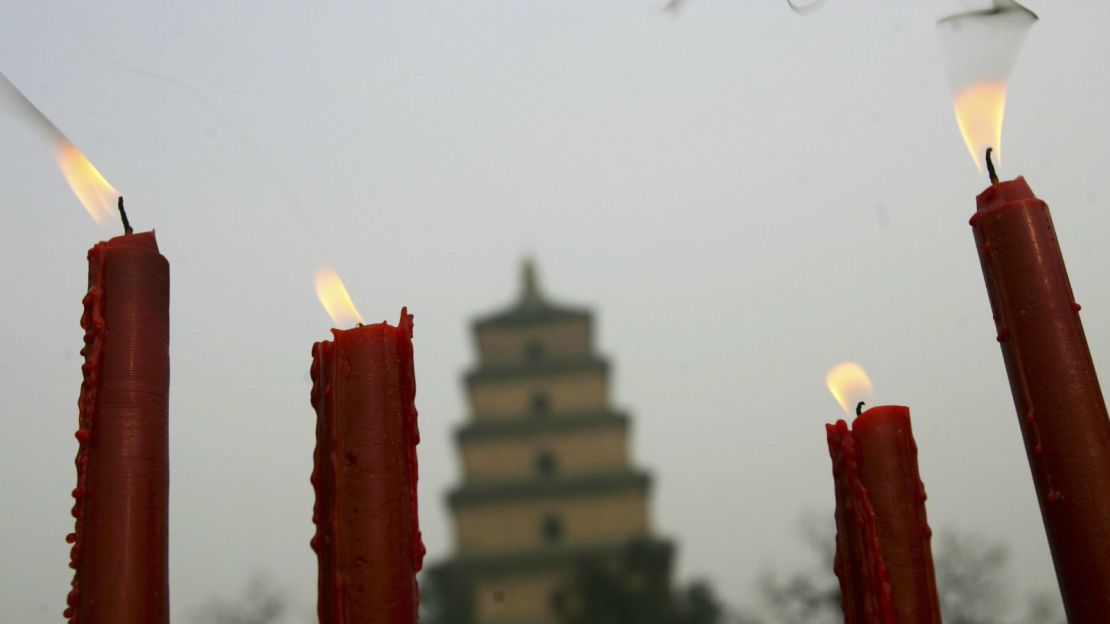
Just like the Statue of Liberty in New York, or the Eiffel Tower in Paris, the Big Wild Goose Pagoda is the most symbolic structure in Xi’an.
The seven-story, 64-meter pagoda was built 1,300 years ago when Xi’an was the capital of the prosperous Tang Dynasty. The top of the pagoda provides a grand view of the old town – busy roads stretch out neatly like the grid on a chessboard, lined by a mix of ancient architecture and modern high-rises.
The pagoda was said to have been dedicated to Xuanzang, a master monk during the Tang Dynasty who traveled to India to learn Buddhism and later brought back the sutras. His experience was featured in the Chinese novel “Journey to the West.”
The 110,000-square-meter plaza at the foot of the pagoda is where the locals go for free public entertainment. Elderly and young Xi’anese practice calligraphy with oversize brushes during the summer evenings.
The plaza hosts a half-hour musical fountain performance at 12:30 p.m. and 8:30 p.m. on weekdays and every two hours between noon and 9 p.m. at the weekend.
Big Wild Goose Pagoda, 3 East Guangchang Lu, Yanta District, Xi’an, Shaanxi 陕西省西安市雁塔区广场东路3号
3. City Wall (明代城墙)
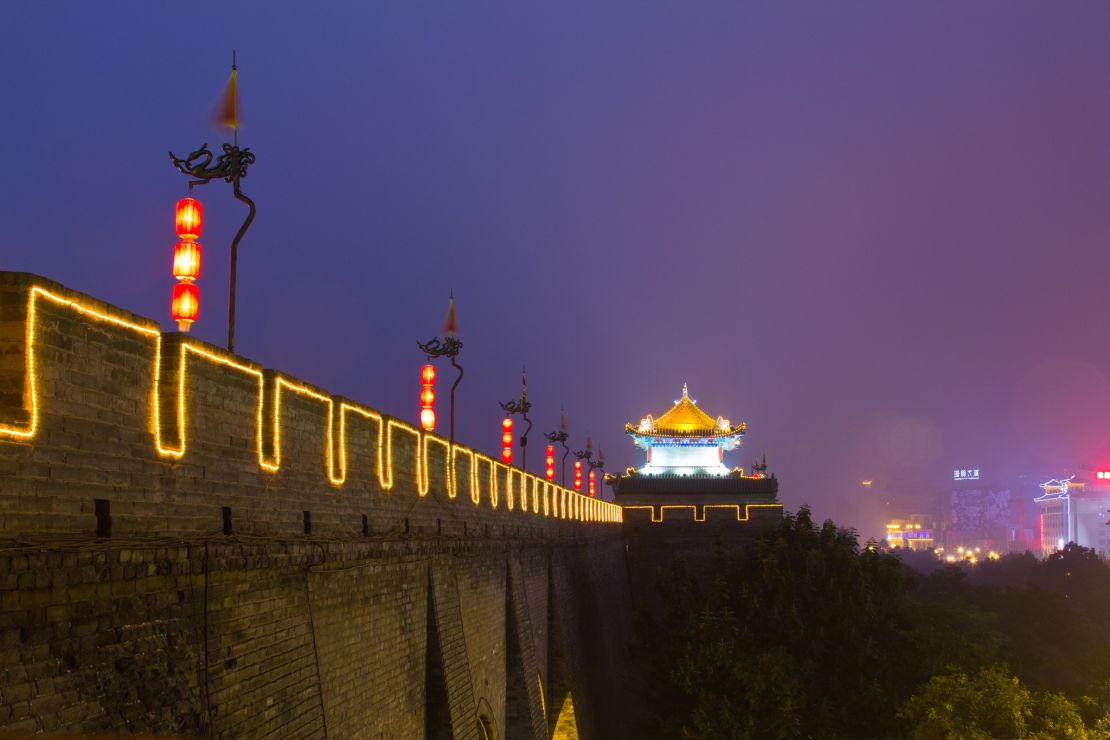
Built more than 600 years ago in the Ming Dynasty, the City Wall of Xi’an is one of the best preserved fortifications in China. And the best way to see the wall is by bike.
Visitors are allowed to cycle on the wall, which is 15 meters wide. Cyclists will be able to view the city from a unique angle – on one side stands the Xi’an from the past; on the other hand erects soaring high-rises of the present and future.
“Xi’anese live by the City Wall,” says Jessie Wang (王苗), 28, from Xi’an. “You can see people playing Mahjong, singing and dancing under the wall.”
The Wall stretches 13.74 kilometers in length, 12 meters in height and was built with earth, quicklime, and glutinous rice extract.
Four watchtowers are located at each point of the compass. The Southern Watch Tower, aka the Southern Gate, is the main grand gate through which important guests entered the town in ancient times. Bicycles can be rented at the Southern Water Tower.
The top of the wall is surprisingly free of foot traffic compared to the ground below, and that’s because there is an entry fee that keeps many locals out. To access the top, you’ll need to enter at one of the main gates and pay 54 yuan (about $8 US).
Xi’an City Wall Southern Gate, 2 Dan Da Jie, Beilin District, Xi’an, 陕西省西安市碑林区南大街2号
4. Han Yang Ling Museum (汉阳陵博物馆)
Another pit stop for fans of ancient clay figures. The underground museum houses the tomb of Emperor Jing Liu Qi (188 BC-141 B.C.). Liu was the fourth Emperor of the Western Han, the dynasty succeeding Qin.
Completed in 126 BC, the tomb covers 20 square kilometers and has 80 chambers.
“The tomb and its relics are not as magnificent as those at Qing Shi Huang’s Terracotta Warriors Museum, but they are more vivid,” says Wang Xin (王昕), 40, a Xi’an-based travel blogger.
“It has more types of figures, such as warriors holding weapons, young ladies wearing silk dresses, and livestock including pigs, horses, cattle, sheep, and dogs,” Wang continues. All sculptures stand roughly 1 meter high.
The museum can be reached by No. 4 Tourist Bus, which departs from City Sport Park in Xi’an. The journey takes an hour.
Han Yang Ling Museum, East side of Xi’an Xianyang International Airport Road, 西安国际机场专场公路东段
5. Mount Huashan (华山)
This is a great day trip from Xi’an.
Located 120 kilometers east of the city, Huashan is one of the five greatest mountains in China – and it’s certainly the most dangerous. The 2,155-meter mountain is best-known for its steep slopes and hair-raising walkways.
Thrill-seekers should venture onto Chang Kong Plank Road (长空栈道), a wooden trail built alongside a vertical cliff more than 1,000 meters above the ground. The 50-meter-long plank walk is only 50 centimeters wide.
All tourists are required to pay for a protection harness while walking the path – money very well-spent.
“Once I reached the planks, I became light headed,” says U.S. traveler Clint Koehler, who ventured the walkway in 2008. “I started concentrating on the precipice directly under me and it was beginning to wig me out enough to have to consciously not look down for more than a few seconds at a time.”
The plank path was laid out more than 700 years ago by He Zhizhen (贺志真), a Taoist priest in the Yuan Dynasty. Cable cars are available at the entrance gate.
A daily train to Mount Huashan is available from Xi’an Train Station. Journey takes about 90 minutes. Or take a shuttle bus at the train station.
6. Muslim Quarter (回民街)

Chinese historians think Xi’an was the starting point of the Silk Road, an ancient trade route linking China with the Middle East and Europe. From cuisine to clothing, the city is deeply influenced by Islamic culture.
Xi’an’s Islamic heritage is best observed in the Muslim Quarter, or Huimin Jie in Mandarin, located in the center of Xi’an old town.
Like Chinatowns, Muslim Quarter is the community for local Muslim Hui people, a Muslim ethnic group in China. The 1,800-square-meter neighborhood has 10 mosques and more than 20,000 Hui inhabitants. It’s also one of the best food streets in Xi’an. Narrow alleys are packed with tiny restaurants and that spill out onto the street.
Most symbolic local eats include hand-cut wheat noodles dao xiao mian (刀削面), Chinese-style hamburger rou jia mo (肉夹馍), spice jellynoodles ma jiang la pi (麻酱拉皮), and cumin-sprinkled lamb kebabs.
Street food vendors normally start setting up stalls at 6 p.m. Food Street runs till midnight.
One great way to experience this community is by signing up for a tour with Lost Plate, which costs $59 per person and includes all food and drink.
The tour, which maxes out at 10 people, whizzes you through the narrow streets by tuktuk and stops at several eateries along the way.
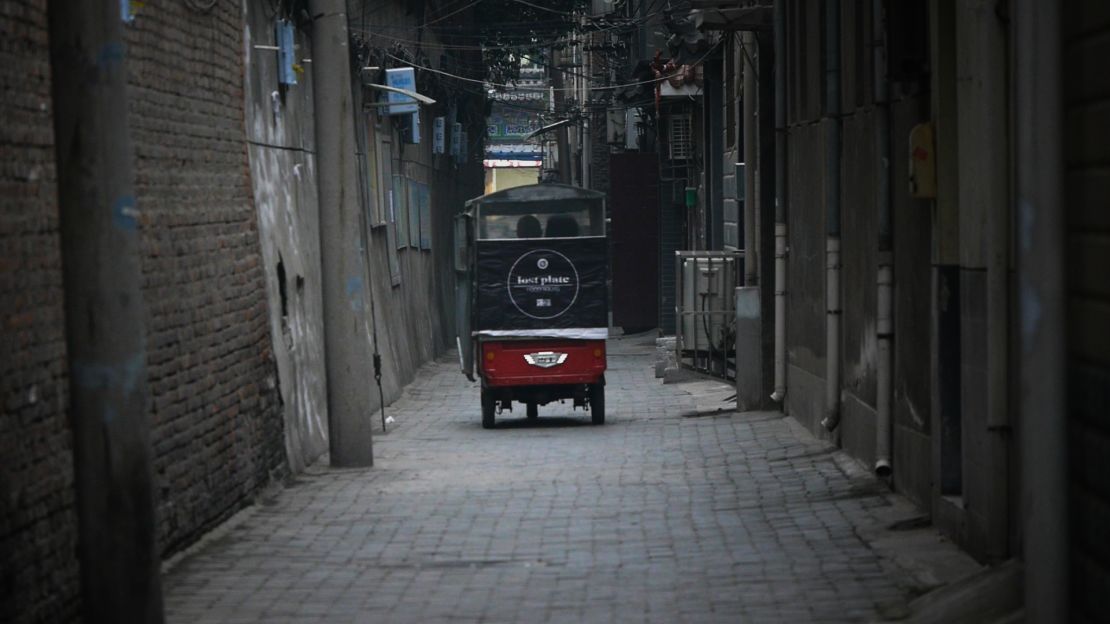
In addition to trying some of the best eats in the neighborhood, you’ll also have the chance to learn about the history of this community and get to meet some of the people who make the best biang biang noodles (so named for the loud way they slam onto the table) and Eight Treasures congee, which was a staple of travelers along the Silk Road thanks to its easy-to-haul ingredients like nuts, spices and seeds.
If you have food allergies or dietary restrictions, the Lost Plate team can handle those – a huge bonus if you don’t speak Chinese and aren’t comfortable ordering on your own.
Muslim Quarter, 100 meters northwest of the Drum Tower, 鼓楼旁往西北走100米
7. Shaanxi History Museum (陕西省历史博物馆)
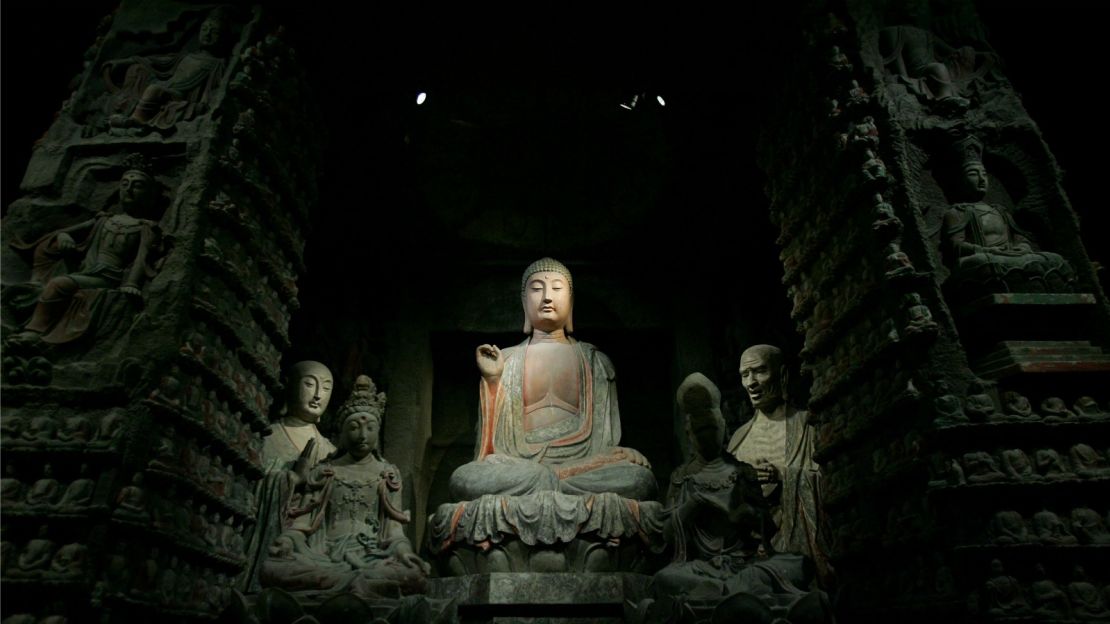
The provincial history museum is an ideal place to learn about Chinese history, especially the Tang Dynasty.
The 65,000-square-meter building displays some 370,000 cultural relics discovered from the Stone Age to 1840. Most displays have English descriptions. Entry to the museum is free but only 4,000 visitors are allowed in on any given day.
All items at the gift shop are tagged with a proposed price. Visitors can bargain before purchase. A sensible bid is half of the original price.
Shaanxi History Museum, 91 Xiaozhai Dong Lu, Xi’an, 西安市小寨东路91号
8. Near Wall Bar
Mainland China is still slow to catch on to the craft beer trend that is exploding in other countries like the UK, Australia and South Korea.
However, there is one craft brewery in Xi’an, the appropriately named Xi’an Brewery, and its beers are all served at Near Wall Bar just inside the old city walls.
In addition to a flight of their beers – the milk stout is a particular standout, and will be sweet enough for people who don’t normally like dark beers – Near Wall Bar is a popular hangout for locals and expats alike, hosting karaoke, live music and other events.
It stays open until 2 am most nights, so there’s still time for street food on the way home.
Near Wall Bar, No. 40 Shun Cheng (inside of the south gate), Xi’an 710000 中国陕西省西安市南门里南顺城街西段40号泥窝窝酒吧。邮编710000
Editor’s note: This article was previously published in 2012. It was reformatted, updated and republished in 2018.
When you use affiliate links on this page, CNN may receive revenue. CNN is not responsible for the goods or services provided through such links.
















